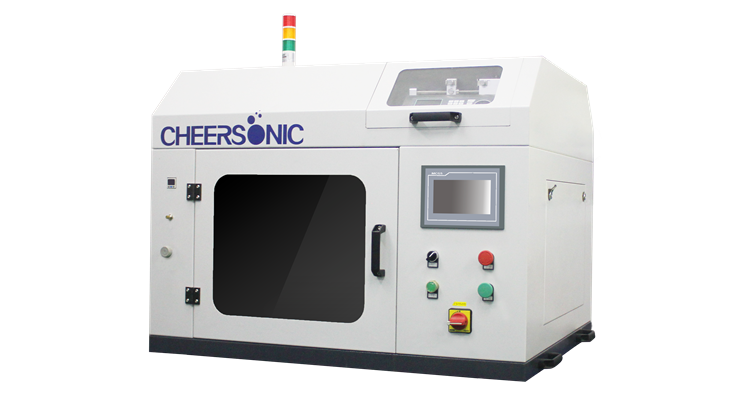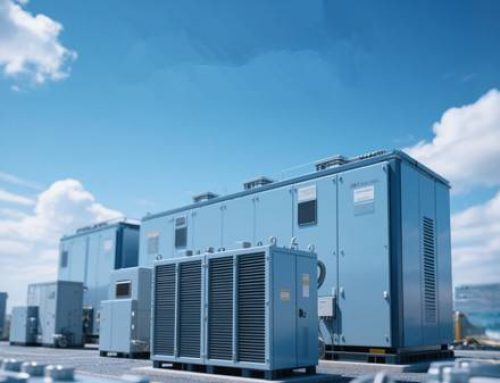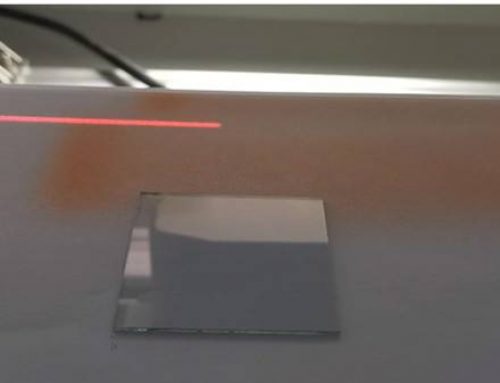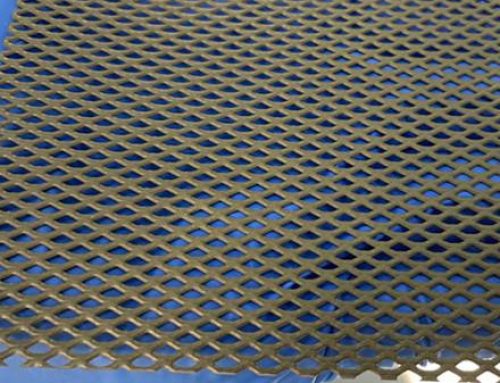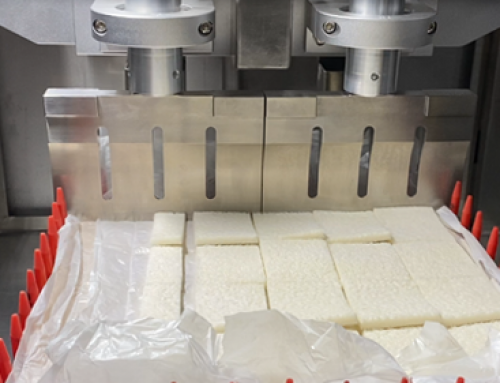Sensors At The Forefront
Many sensor technologies used in industry can be applied in medicine, and in the future, as unique sensors and sensor dependent microelectromechanical systems are designed and tested, non-medical industries will adapt them for industrial applications. Within the medical world there is a broadening intersection between information technology and biotechnology, and increasingly the role of sensors, signal transducers, actuators, and micromachines will broaden too. Some examples of new generation medical sensors indicate new roles that these devices will have in many areas of health care:
A subcutaneous system for the continuous monitoring and recording of tissue glucose concentrations in diabetic patients has just been approved in the United States. The next generation of implanted glucose sensors will give continuous values that can be read from remote hand held devices or desktops.
One glucose sensor that looks like a watch sits on the skin and produces small electric shocks, which open up pores so that fluid can be extracted to monitor tissue glucose concentrations.
Engineers for the Japanese company Toto have designed a toilet that analyses urine for glucose concentrations, registers weight and other basic readings, and automatically sends a daily report by modem to the user’s physician.
A new microtool can measure anatomy and movement in three dimensions using miniaturised sensors (18 mm × 8 mm × 8 mm), which can collect spatial data for the accurate reconstruction of ultrasound images of the heart, blood vessels, stomach, and other organs.
A closed loop device (VIA Medical, San Diego, CA, USA) is now available for blood analysis of neonates in critical care units. Through an indwelling line blood is circulated through a chemistry sensor, analysed in a minute, and returned, with no loss of blood to the neonate.
Scientists have developed a lightweight fully automatic system for the detection of biological weapons. This system uses fluorescent antibodies, diode lasers, fibreoptics, and photodetectors to find airborne bacteria.
Pathogens can also be detected by another biosensor, which uses integrated optics, immunoassay techniques, and surface chemistry. Changes in a laser light transmitted by the sensor indicate the presence of specific bacteria, and this information can be available in hours.
An Australian team has developed a highly stable and sensitive biosensor, which operates by switching the ion channels in a lipid membrane. When activated, biological receptors such as antibodies and DNA convert a chemical event into an electric signal. One team reports it could measure the increase in sugar content of dropping one sugar cube into Sydney harbour.
The next generation of cardiac pacemakers will become “smart” by receiving readings from various places in the body, such as oxygen saturation in the blood and cardiac wall pressure, allowing the pacemaker to adapt the heart’s pacing to those real time readings.10
Polymer wafers can be saturated with therapeutic agents, such as drugs or insulin.10 In the latter case the wafer contains an enzyme that enables the wafer to change the pH and solubility of the insulin in response to changes in blood glucose concentrations. Smart wafers being tested on animals use magnetism or ultrasound to alter the dose of drug or to switch to another drug.
Scientists and engineers at Johns Hopkins Institute have developed a biochip photosensor, which can be implanted in the eye as an artificial retina for patients with macular degeneration and retinitis pigmentosa.
Bacteria causing ear, nose, and throat infections can be instantly identified by an electronic “nose” that detects and differentiates the odours of growing bacteria.
More than 20 000 people worldwide have been implanted with auditory sensors that bypass the non-functioning parts of the hearing mechanism. The first device that successfully interfaces with the human brain has become totally implantable with a battery that is digitally programmed and rechargeable by a portable inductive charging unit.
Article Source: https://www.ncbi.nlm.nih.gov/pmc/articles/PMC1129066/
biological sensor coating – ultrasonic coating for blood-pressure sensor – cheersonic
Recommended Machine
UAL100 ultrasonic dispersion liquid supply system
UAM3000 Ultrasonic Bracket Spraying Machine
UAM4000 small desktop ultrasonic spraying machine
UAM4000L Ultrasonic Precision Spraying Machine
UAM6000 Ultrasonic Large Spraying Machine
UAM7000 Ultrasonic Balloon Guide Wire Spraying Machine
UAM8000 ultrasonic assembly line spraying machine

